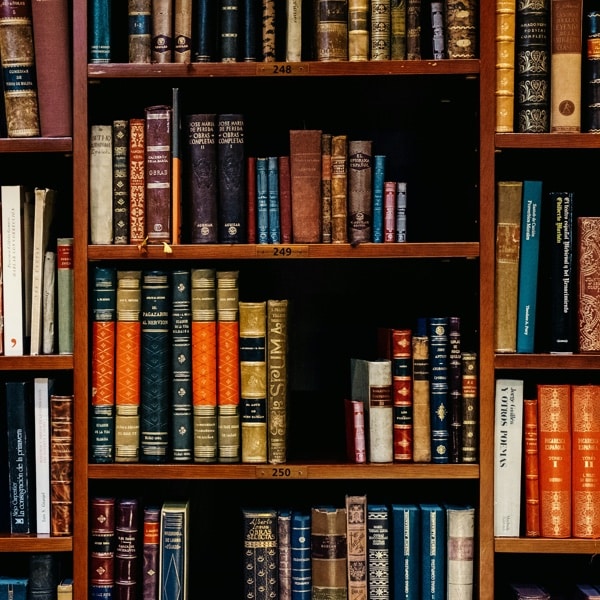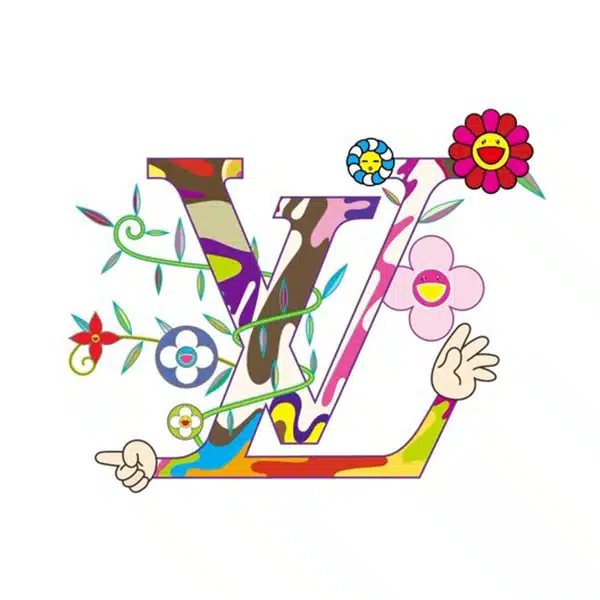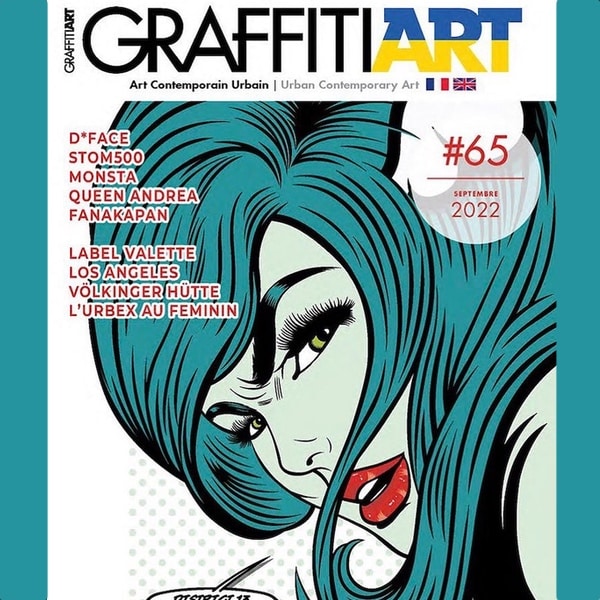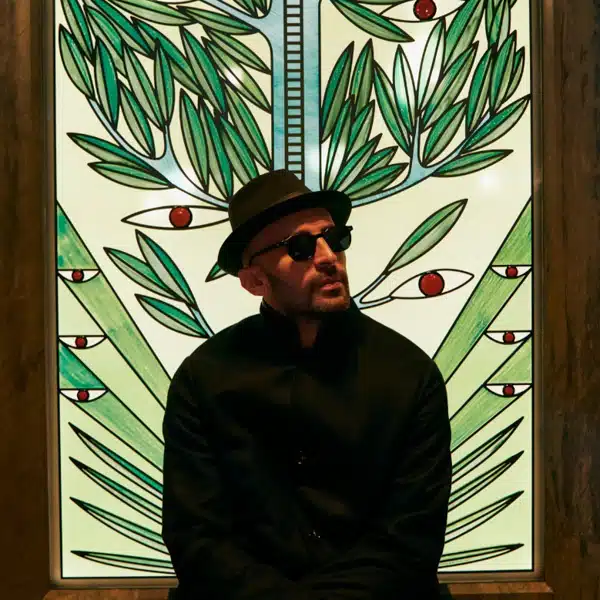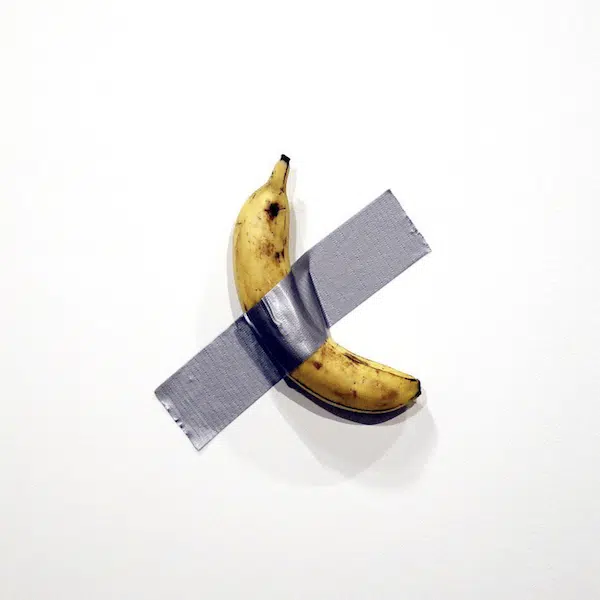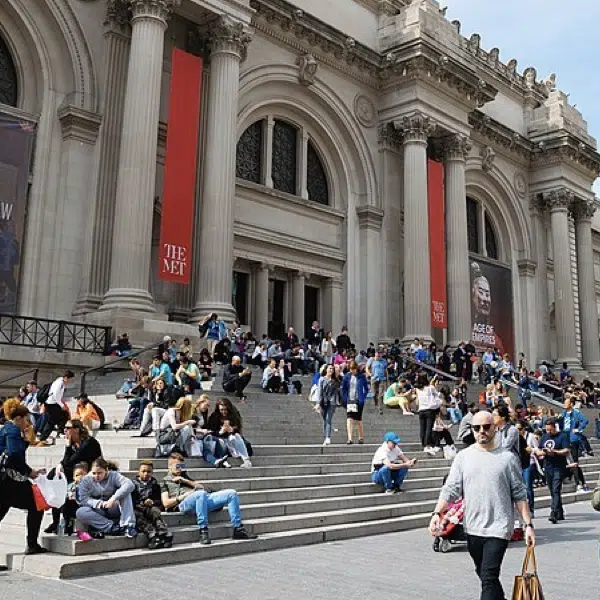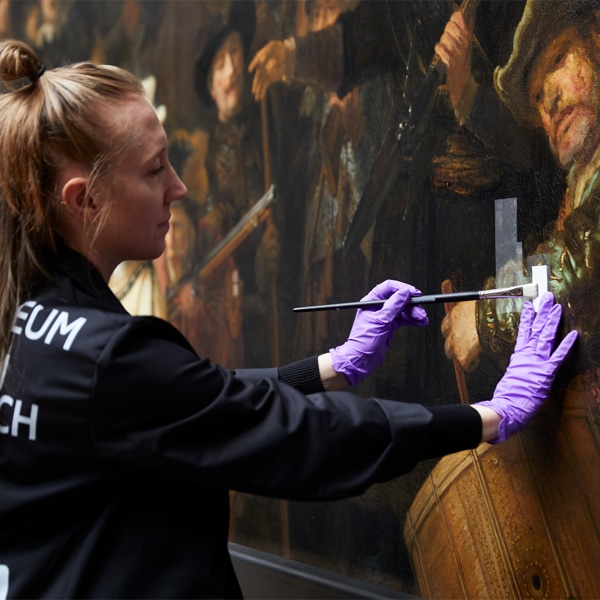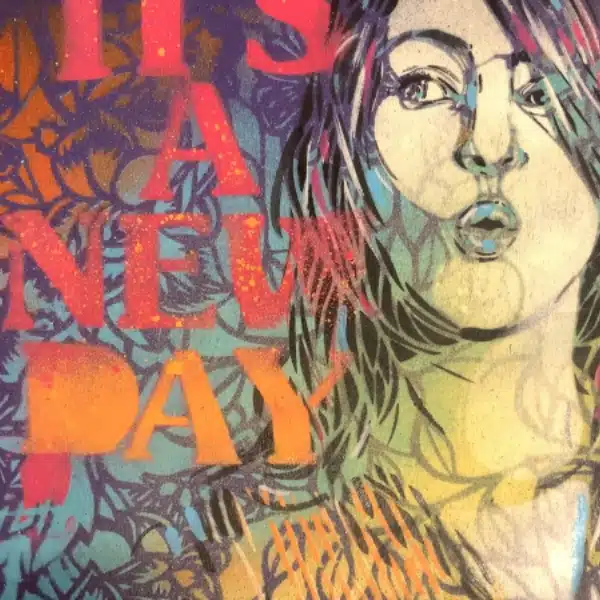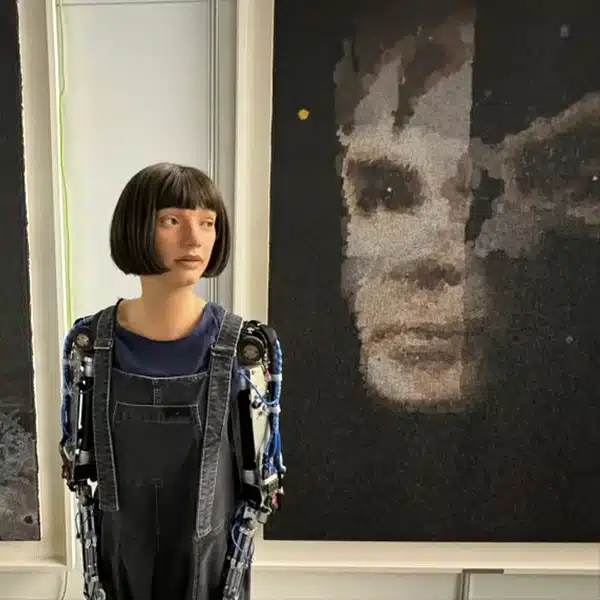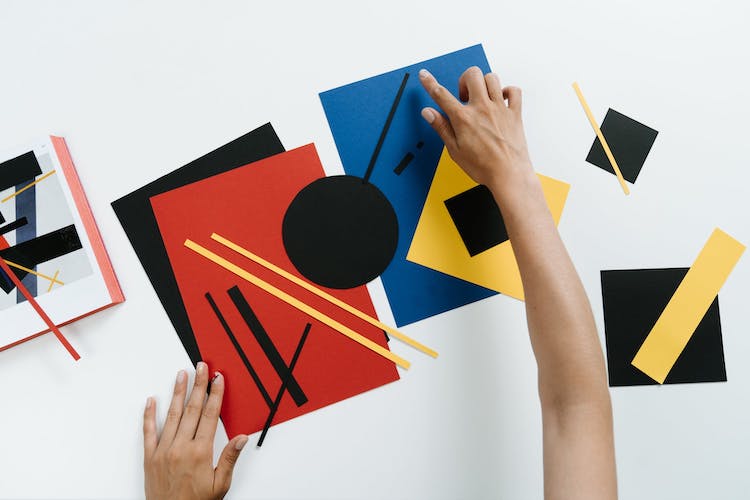
Photo: Cottonbro
This post may contain affiliate links. If you make a purchase, My Modern Met may earn an affiliate commission. Please read our disclosure for more info.
One of the best parts of creating art is the endless possibility for exploration. You might stick with just drawing or only painting, but there's one type of visual creation that invites you to combine them all: collage. This technique is defined by incorporating different elements into one single composition to form a new work of art.
Collage has been around for centuries, and it was said to have first been used in 10th-century Japan by calligraphers. Since that time, it has been practiced in various forms throughout history. But modern collage, as we know it, starts with the work of Cubist painters Pablo Picasso and Georges Braque. Picasso used it in his oil paintings while Braque began attaching pieces of paper to his charcoal drawings. Now, it’s a major way in which artists work—whether it’s with strips of cut paper or the mashup of photographs (also called photo collage).
With collage, there’s no limit on materials or approaches you use in image-making. While this might seem overwhelming, look at it from another perspective: collage frees you up from the “rules” of drawing or painting and allows you to explore your unique artistic language.
Learn how to create your collage art. Scroll down for a supply list and techniques to try.
Basic Supplies for Collage Art
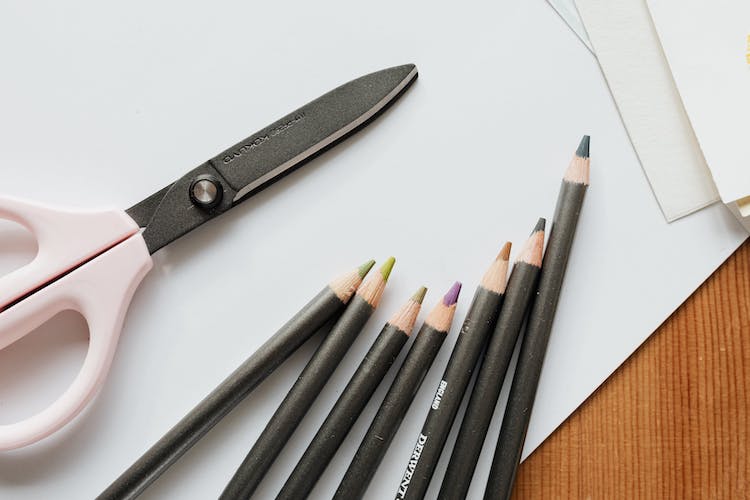
Photo: Karolina Grabowska
The freedom that comes with collage means that there is no set supply list. But even still, there are some basic tools that most collage artists will use.
Scissors — A good pair of scissors is a must for collage. Although they can feel like a splurge, investing in a sharp, sturdy pair will make cutting easier and the tool will last a lot longer. Keep your scissors intact by reserving them for a single purpose. If you’re planning on cutting paper, for instance, make sure those scissors only snip paper.
Paper — The sky's the limit on paper. Newspaper, magazine, cardstock paper—it’s all at your disposal for collage. You’ll likely want to experiment with the type of paper you’ll use on a regular basis. Don't sleep on scrap paper, either. Sometimes a discarded envelope or a stray sheet of yellow-lined paper will be just what you want to include in your work.
Glue — There are, perhaps surprisingly, a lot of choices when it comes to using glue. But many collage artists opt for the classic glue stick. This type of glue is easy to find, convenient, and adheres well. Another option is bookbinding glue. It’s ideal for paper projects and is acid-free. It comes in a bottle with a pointed nozzle, but you can get into finer details by assigning a paintbrush as your “glue brush” and dipping it into the glue, then spreading it on your paper.
Craft Knife — Scissors are great, but oftentimes they can’t produce the finer detail that the blade of a craft knife can. It’s smart to invest in an X-Acto knife and blades. These types of knives come in different forms, from the standard knife that you hold like a pencil to blades that are smaller and wrap around your finger.
Self-Healing Cutting Mat — Since you’re likely using an X-Acto blade, you’ll need a cutting mat to slice on. Look for a self-healing style mat. It is engineered so that your blade slips into the surface of the mat but doesn’t leave a slice mark.
Paint (optional) — Depending on how you plan to form your collage, you may want to have some paint handy.
Acrylic Matte Medium (optional) — This acrylic medium has two uses helpful for collage. It can be used to adhere paper onto other surfaces (like Modge Podge)—although it is nowhere near as sticky. Another use is a primer for painting. Use matte medium to “seal” the surface of paper or a canvas so that it can accept paint without wrinkling.
Collage Art Techniques to Try

Photo: Karolina Grabowska
As in all things collage, there are infinite possibilities with techniques—a fact that can feel overwhelming. To get started, here are some approaches to try as you make your collage art.
Paint Your Own Paper
View this post on Instagram
Give your art an extra-special touch when you paint your own papers and then cut shapes from them. Doing this allows you to control color and texture. Plus, it will ensure that your collage is truly one of a kind. To get an idea of how this could look, the illustrations of Eric Carle are a great example.
Have Fun With Photo Collage
View this post on Instagram
Collage materials can come from anywhere. Old magazines, vintage postcards, and random photographs are common. What will you say with these photographs? Combine unlikely images for amusing—or thought-provoking—mashups.
Combine Different Materials
View this post on Instagram
You don’t have to rely on a paper’s texture—whether it's rough, smooth, marbled, or more—in order to create an interesting appearance. Try folding paper for a three-dimensional effect or weave together strips of it to create some analog-style distortion in your composition.
Don’t Just Cut, But Punch and Tear, Too
View this post on Instagram
Collage is often thought of in terms of cutting (it’s why scissors and an X-Acto knife are on our supply list), but think beyond cutting paper or other materials. Using a hole punch or tearing the paper will create interesting motifs or textures. Artist Hagar Vardimon, for instance, has created an alluring artwork by simply punching different circles and pairing them with a photograph.
Assemblage is Also a Form of Collage
View this post on Instagram
We often think of collage as being two dimensional, but don't forget that 3D is a possibility as well. In collage assemblages, objects are placed together in aesthetically pleasing ways. The compositions are documented with photographs—like Sabine Timm does with her work.
Related Articles:
Mixed Media Artist Creates Dynamic Collages Using Found Photographs and Books
Learn How People Are Creating Collage-Like Fabric Art Using Appliqué
Seattle Artist Creates Beautiful Collages with Flowers and Plants











































































